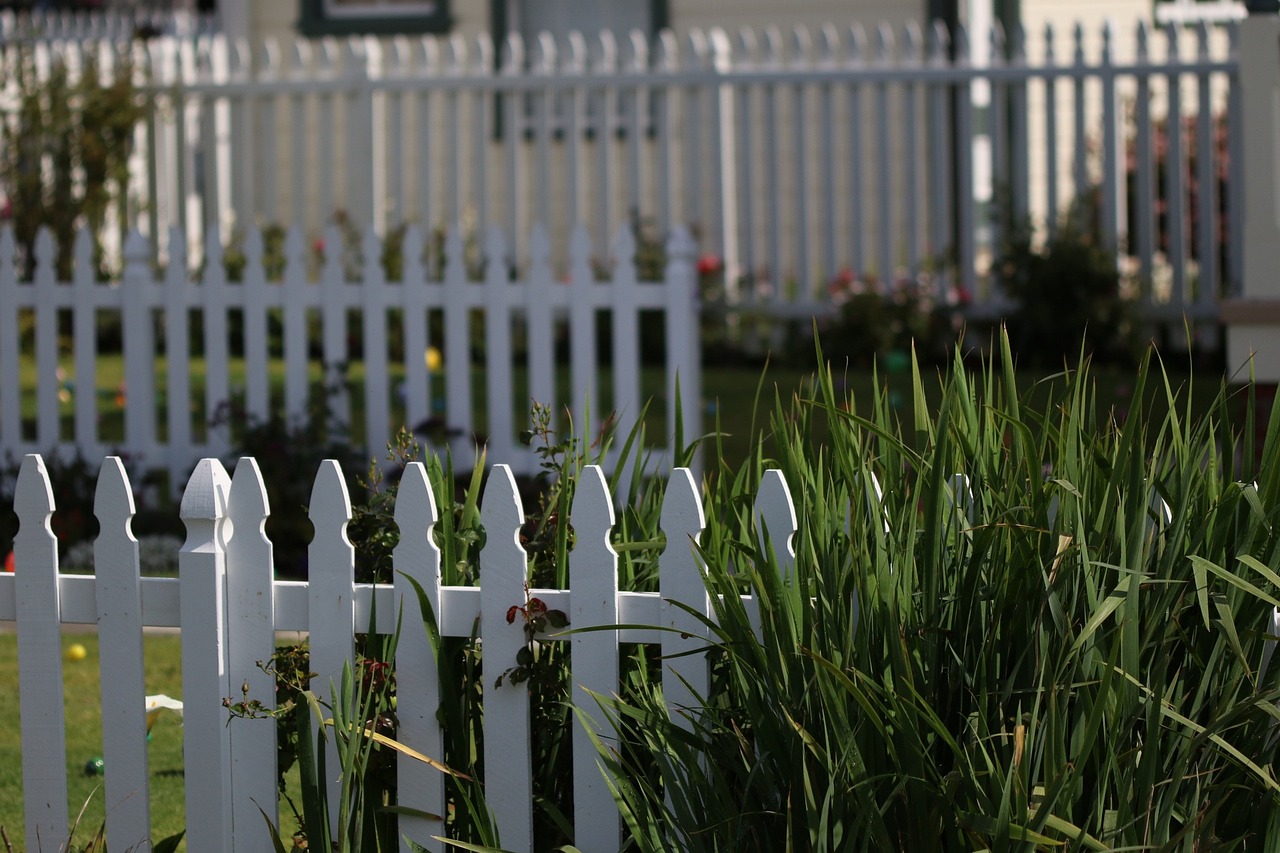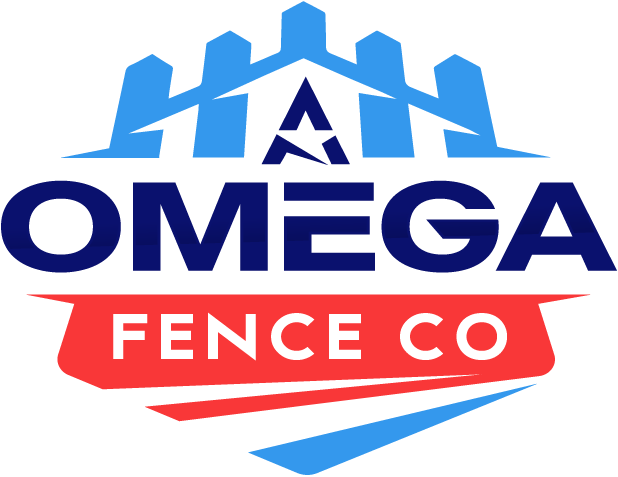Have you ever noticed how the first big snowfall of winter can make even the strongest fence start to sag, warp, or lean? It’s not your imagination—winter weather can wreak havoc on fencing materials across Camden County. Moisture and freezing conditions cause more structural wear on outdoor wood and vinyl installations compared to other seasons. For homeowners across Gloucester Township, Cherry Hill, and Voorhees, that means winter fence damage isn’t just common—it’s expected.
That’s where professional expertise makes all the difference. At A Omega Fence Company, we understand how local winters test every post and panel. Our team helps property owners identify issues early, repair damage correctly, and keep their fences standing strong no matter how cold it gets.
In this post, we’ll share practical fence repair tips to handle winter’s toughest challenges—covering how to spot common problems, prevent long-term damage, and know when to call in a professional for help.
How Snow and Ice Damage Fences
Winter’s beauty comes at a cost. Snow accumulation and ice buildup can create heavy loads that strain your fence’s structure. Here’s what often happens when temperatures drop:
- Warping and cracking– Wooden fences absorb moisture and then expand or contract as temperatures fluctuate, leading to cracks and warping.
- Loose posts– The freeze-thaw cycle forces the soil to expand and contract, loosening fence posts.
- Rust and corrosion– Metal fences, especially older ones, can develop rust where paint or coating has worn away.
- Broken fasteners and panels– Wind, snowdrifts, or falling ice can dislodge nails, screws, and even entire sections of fencing.
Understanding these common issues helps you address small problems before they require full replacement.
Step One: Inspect Your Fence Regularly
The first and most effective step in winter fence repair is early detection. We recommend doing a careful visual inspection at least twice during the season—once after the first snowfall and again after the heaviest storm.
Look for:
- Leaning or shifting posts
- Loose or cracked boards
- Gaps between panels
- Areas where snow and ice have piled up against the fence
Even small irregularities can grow worse with each freeze-thaw cycle. Addressing them early keeps your fence stable and safe through the season.
Step Two: Clear Snow and Ice Buildup Promptly
While it’s tempting to let nature take its course, leaving heavy snow on your fence can cause serious strain. Here are a few fence repair tips to help minimize winter stress:
- Use a soft broom instead of a shovel– Metal tools can scratch and damage vinyl or painted finishes.
- Don’t pile snow near your fence– When shoveling driveways or walkways, direct snow piles away from your fence line.
- Break up ice carefully– If ice forms on panels, gently tap or use warm (not hot) water to loosen it instead of chipping it away.
Preventing buildup reduces pressure on the structure and extends your fence’s lifespan.
Step Three: Protect Fence Posts from Frost Heave

Frost heave occurs when moisture in the soil freezes and expands, lifting fence posts and leaving them unstable. This problem is especially common in areas like Winslow Township and Berlin Township, where clay soils retain water.
To minimize the risk:
- Ensure proper drainage– Keep soil sloped slightly away from your posts to prevent water accumulation.
- Check for loose soil– If you notice movement, tamp the soil around the post base firmly.
- Add gravel at the base– For future stability, use gravel instead of dirt when setting posts to improve drainage.
If a post has shifted significantly, it’s best to contact a professional for fence repair before the damage spreads.
Step Four: Reinforce Weak Points Before the Next Storm
After inspecting your fence, take proactive steps to reinforce vulnerable spots. For example:
- Replace missing nails or screws with weather-resistant hardware.
- Tighten brackets and hinges on gates.
- Repaint or reseal wooden sections to prevent moisture absorption.
- Use waterproof sealant on post tops to block snowmelt infiltration.
These small maintenance steps can make a big difference during the coldest months.
Step Five: Know When a Quick Fix Isn’t Enough
Sometimes, winter damage goes beyond what simple repairs can handle. Signs you may need professional fence repair in Gloucester Township or nearby areas include:
- Multiple leaning posts or panels that won’t stay aligned
- Rotting wood despite sealing
- Severe rust or broken welds on metal fences
- Vinyl sections that have cracked or split
A professional can evaluate whether specific panels can be repaired or if partial replacement is more cost-effective. In many cases, addressing the issue early prevents full replacement come spring.
Step Six: Plan Post-Winter Maintenance
Once the weather begins to warm, don’t assume your fence is out of danger. Early spring is the ideal time for follow-up inspection and repairs.
Here’s what to check:
- Soil stability– Frost-heaved posts might settle unevenly.
- Surface protection– Reapply sealant or paint where needed.
- Hardware integrity– Tighten fasteners loosened by winter expansion and contraction.
- Alignment– Make sure gates open smoothly and sections remain level.
This post-season maintenance keeps your fence strong year-round and prevents recurring issues next winter.
Preventive Fence Repair Tips for Long-Term Durability

We’ve learned through years of working on fence repair in Cherry Hill NJ and neighboring areas that prevention is just as important as fixing visible damage. To extend the lifespan of your fence:
- Trim nearby trees– Overhanging branches can drop ice or debris that damages panels.
- Keep sprinklers turned off in freezing conditions– Extra moisture increases frost risk.
- Install post caps– These small additions help keep water from seeping into the wood.
- Regularly reseal wood fences– Every 2–3 years for maximum protection.
When homeowners stay proactive, even harsh Camden County winters can’t take down a well-maintained fence.
Facing Winter Damage? We Can Help.
Has your fence taken a beating this season? Harsh weather can be unpredictable, but your repair plan doesn’t have to be. At A Omega Fence Company, we’ve helped countless homeowners across Camden County—from Berlin to Voorhees—restore their fences after snow, ice, and freezing temperatures cause damage.
We specialize in fence repair that not only restores stability but strengthens your fence against future winters. Our experienced team understands local conditions, uses high-quality materials, and ensures every post, panel, and gate is built to last.
If you’re noticing loose boards, leaning posts, or visible cracks after a storm, don’t wait for the damage to spread. Contact A Omega Fence Company today to schedule a repair consultation. We’ll make sure your fence stands strong through the rest of winter and well beyond—so you can focus on enjoying your property, not worrying about the next cold front.

